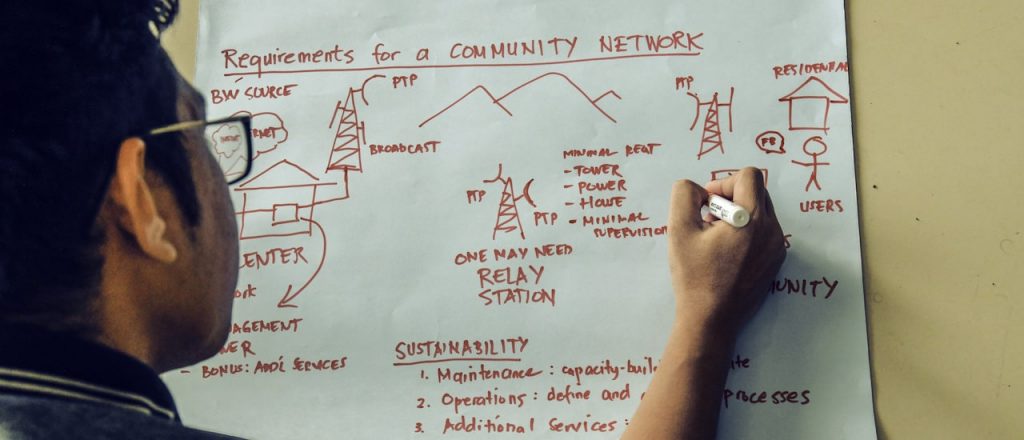2019 PostgreSQL Trends Report: Private vs. Public Cloud, Migrations, Database Combinations & Top Reasons Used
PostgreSQL is an open source object-relational database system that has soared in popularity over the past 30 years from its active, loyal, and growing community. For the 2nd year in a row, PostgreSQL has kept the title of #1 fastest growing database in the world according to the DBMS of the Year report by the experts at DB-Engines. So what makes PostgreSQL so special, and how is it being used today? We found the answers at the Postgres Conference in March where we surveyed PostgreSQL users, contributors, and SQL and NoSQL database administrators alike. In this free PostgreSQL Trends Report, we break down PostgreSQL hosting use across public cloud vs. private cloud vs. hybrid cloud, most popular cloud providers, migration trends, database combinations with Postgres, and why PostgreSQL is preferred over popular RDBMS alternatives.

 In this interview, Ingo Fuchs—Chief Technologist for Cloud and DevOps at NetApp—discusses the...
In this interview, Ingo Fuchs—Chief Technologist for Cloud and DevOps at NetApp—discusses the... Dan Kohn, executive director of CNCF, said the group this year is targeting the broader telecom...
Dan Kohn, executive director of CNCF, said the group this year is targeting the broader telecom...





 “Any technology that shows early signs of enterprise adoption in the cloud native space will be...
“Any technology that shows early signs of enterprise adoption in the cloud native space will be...
 The software, when applied to Intel's persistent memory hardware, improves the performance and...
The software, when applied to Intel's persistent memory hardware, improves the performance and... By freeing up more spectrum during the next five years, the U.S. wireless industry could add $391...
By freeing up more spectrum during the next five years, the U.S. wireless industry could add $391...